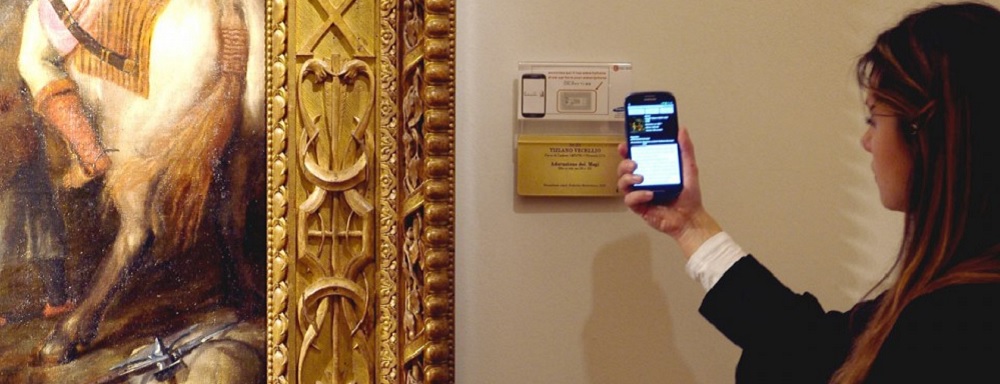I understand the importance of a uniform approach for global brands, ensuring the same message, feel and equity is experienced by consumers whether they’re in Bangkok, Bombay or New York. However, on a recent trip to the style capital of Europe, Milan, I experienced a global brand that successfully tapped into a region where style and brand are paramount.
As marketers, we must not only make our brands inspirational, but also accessible to all, and, in Milan, Samsung has tapped into a demographic you may have never thought possible through some particularly clever use of technology.
The Ambrosiana Gallery in Milan’s Duomo district was once the studio of Michelangelo and displays not only the works of the great man, but precious artwork in a remarkably beautiful and ancient setting. Samsung, however, has cleverly added a unique modern twist through the use of technology, integrating smart phone functionality as a means of interpreting the art. Next to each piece is a magnetic/electronic chip that gives visitors more information when they place their smartphones over it.
In this instance it’s about the art that you’re viewing, but – to Samsung – it’s about you engaging with the brand and experiencing the technology as a portal bestowing you entrance. For some, it’s a revelation and I’m guessing that for many of the visitors who make a point of using the feature, it is just that.
What better way for a brand to show that it understands the consumer than by placing a campaign in a venue that is synonymous with the city’s characteristics and fits the perception of Milan. Samsung not only takes into account the consumer demographics within the city, but also uses a variety of publicly-available information to create a picture of how well-suited the city is to the brand. Beyond Samsung, this model is adaptable for virtually any type of product. For a fashion label, I am sure a place like the Ambrosiana Gallery would make a beautiful home for greeting fashion-conscious consumers. A depiction of understanding for the cultural life of cities makes all the difference when analyzing whether a brand’s campaign is relevant or not.
SEE ALSO: Starbucks Store on Rails Redefines Coffee To Go
You only have to read the stats to know that Italy is a place of adland freedom, with a huge Samsung advert adorning the side of the city’s iconic Duomo Cathedral as it undergoes renovations. Could you imagine Samsung creating something like this in the UK, like a Christmas installation in St. Paul’s Cathedral? In the UK, our heritage buildings are fiercely protected and they would certainly lock their doors to a brand’s knock. In Italy, however, advertising can be found on buses, trams, buildings – all in glorious Technicolor lights – allowing brands to speak to their target audiences, even when they least expect it. Rules, whether right or wrong, are abandoned. Brands have a luxury of freedom that they don’t have in other countries.
Italians are, I suppose, used to a heavier level of brand messaging. Just look at the production values of national TV (in particular any transmitted by a Berlusconi company). The advertising is plentiful and sometimes even better than the programme being watched! With this in mind, are Italians (or Europeans in general) more accepting of consumer electronic brand advertising, as they know what they want and their maximum price point for quality products or specific brands?
Subsequently, I believe this has resulted in a market where brands are not commoditised and able to sell at a price point that enables a margin and sustainable, profitable growth – as opposed to crowded categories with brands trading at a loss and eventually abandoning the category altogether.
Could this be why so many UK retailers have unsuccessfully succeeded in Europe and beyond?
Image credit: Leonard Ambrosiana
